People in a sedge village in Thanh Hoa harvest sedge under the hot sun. Photo: Hoang Dong
Sedge is harvested twice a year in the 5th and 10th lunar months. The first harvest season begins when the scorching sun pours down on the green sedge fields stretching across the communes of Quang Chinh, Nga Son, Tan Tien, and Ho Vuong. Farmers diligently cut bundles of sedge under the scorching sky.
Mr. Nguyen Huu Hui in Quang Chinh commune said: "We have to take advantage of the early morning to go to the field to cut sedge. If we don't cut early, we won't be able to bear it by 9 o'clock."
Cutting sedge is a very hard job, always having to bend over, walk backwards along each row, using a sharp knife to cut close to the base. Every hour, a healthy person can cut about 40 - 50 bundles. After cutting, the sedge must be dried right on the field or concrete yard for 2-3 consecutive sunny days to be dry enough to sell or to be used for weaving.
If the sun tests the endurance, rain is a constant worry for sedge farmers. Prolonged rain causes the sedge plants to not stand straight but to become soft, with small stems and short fibers, reducing quality. In years with a lot of rain, the sedge plants absorb water, have spongy stems, and when dried, easily turn black or break. Continuous rain lasting 3-4 days can make a whole sedge field waiting to be harvested worthless.
Ms. Truong Thi Phuong in Tan Tien commune said: "When it rains, we have to quickly collect the undried sedge, bring it home, cover it with a tarp, and dry it, but it is rare to save it. If the sedge is bruised, the weavers will not accept it. Now, many families with large sedge workshops have to spend more money to build concrete yards or roofs to proactively handle it. For households with small sedge growing areas and limited capital, it is not possible to do so. If it rains for many days, we have to endure it."
Although the work is hard, the income from sedge growing is not high at present, each sao only earns about 600,000 - 1,000,000 VND/crop of sedge. Therefore, young people are gradually leaving the sedge fields. This profession is now mainly carried out by middle-aged and elderly people. To increase the value of sedge as well as meet the needs of consumers, sedge processing companies and cooperatives for export have created many unique products from sedge such as brooms, handbags, storage boxes, baskets... for export to Europe, America, Japan, Korea, Singapore...
However, the path to improving sedge still faces many obstacles. The biggest difficulty at present is the lack of skilled labor. Most young people choose to work as workers in industrial zones or switch to other jobs with higher incomes. In addition, the output for sedge handicraft products, although expanded, is still not sustainable, depending on traders, making it easy for producers to be squeezed in price.
In the flow of globalization, sedge products are not simply consumer goods but also carry within them a cultural story. Each bag, each basket is a slice of the craft village, of the hands of the craftsmen and the spirit of the Vietnamese people attached to nature. Sedge - a fragile "grass" that was once associated with the hard life in the lowlands, is now stepping out into the world with its rustic, familiar beauty. Elevating sedge through handicraft products is not only a feasible economic direction, but also a way to preserve and promote traditional values in the new context. From the homeland's fields to distant international markets, the journey of sedge is opening new doors for agriculture and traditional Vietnamese craft villages, as long as there is perseverance and love for sedge. Only when farmers not only grow sedge but also "design products", when craft villages not only preserve their profession but also innovate and renew every day, then sedge can truly grow, and Vietnamese handicraft products can truly have a place in the international market.
Phuong Do
Source: https://baothanhhoa.vn/muu-sinh-cung-cay-coi-254536.htm



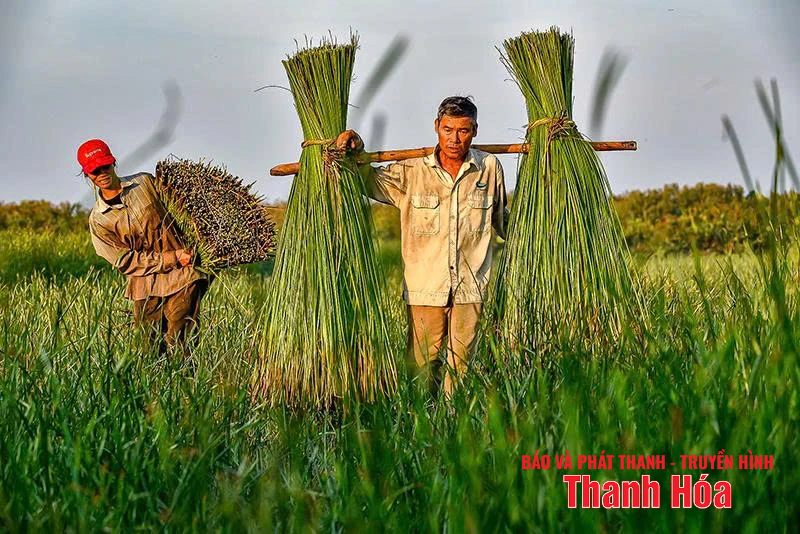
![[Photo] Prime Minister Pham Minh Chinh chairs meeting of National Steering Committee on International Integration](https://vphoto.vietnam.vn/thumb/1200x675/vietnam/resource/IMAGE/2025/8/26/9d34a506f9fb42ac90a48179fc89abb3)


![[Photo] Prime Minister Pham Minh Chinh receives CEO of Samsung Electronics](https://vphoto.vietnam.vn/thumb/1200x675/vietnam/resource/IMAGE/2025/8/26/373f5db99f704e6eb1321c787485c3c2)
![[Photo] Multi-colored cultural space at the Exhibition "80 years of the journey of Independence - Freedom - Happiness"](https://vphoto.vietnam.vn/thumb/1200x675/vietnam/resource/IMAGE/2025/8/26/fe69de34803e4ac1bf88ce49813d95d8)

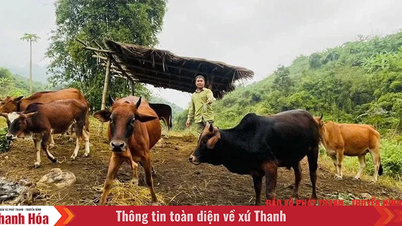
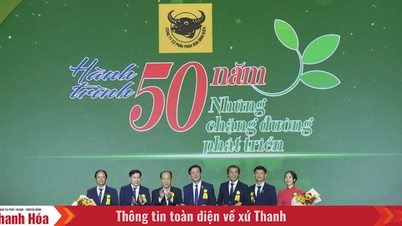
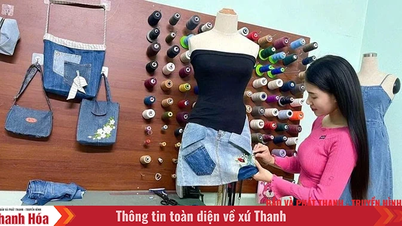


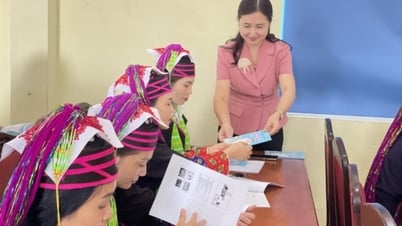

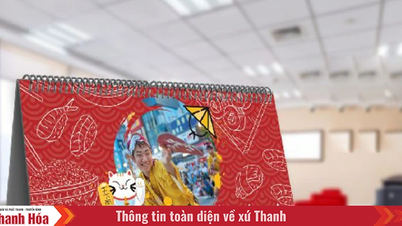



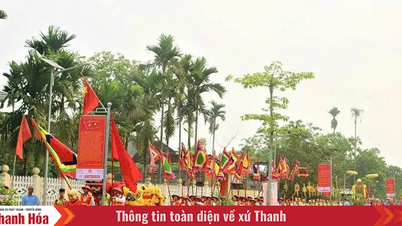


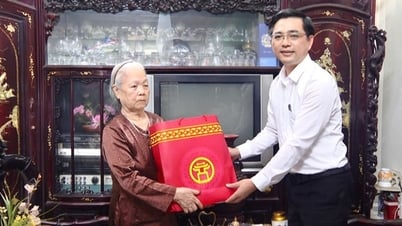







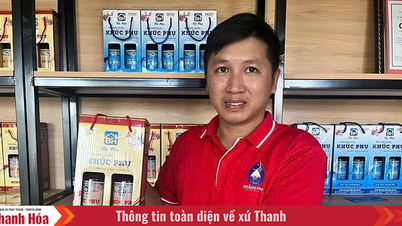


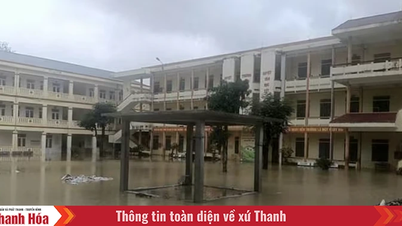
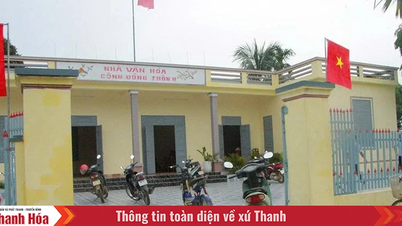

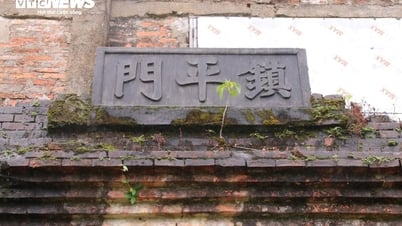

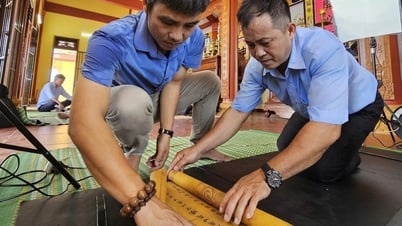







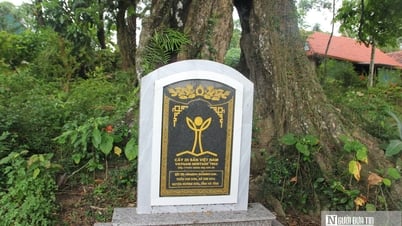








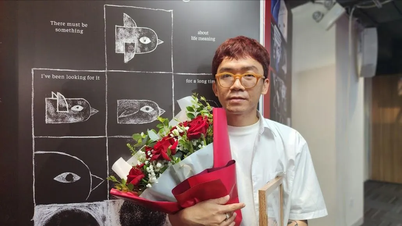



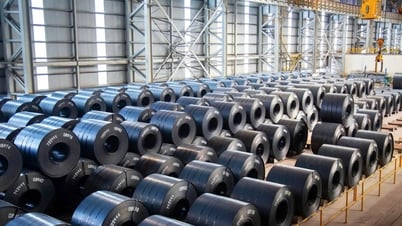


















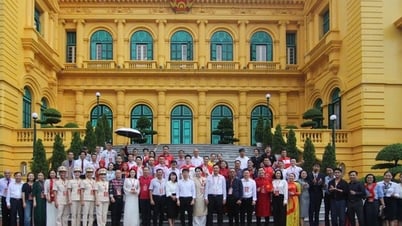


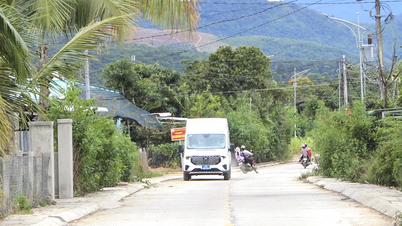
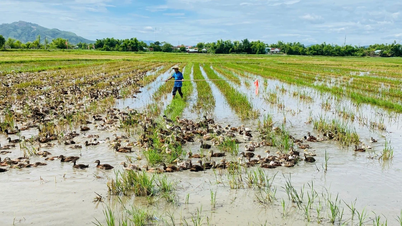
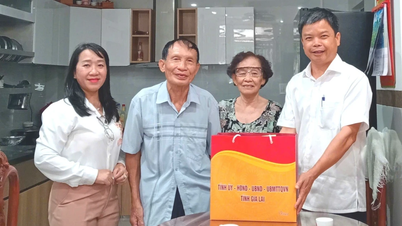
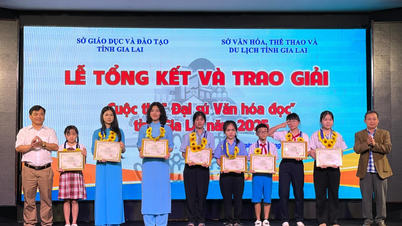






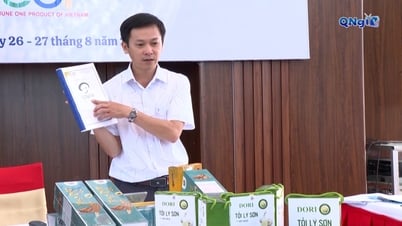



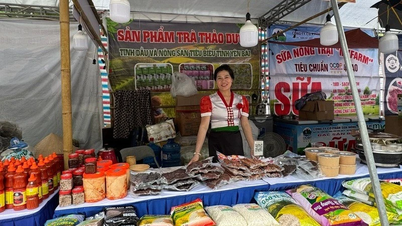



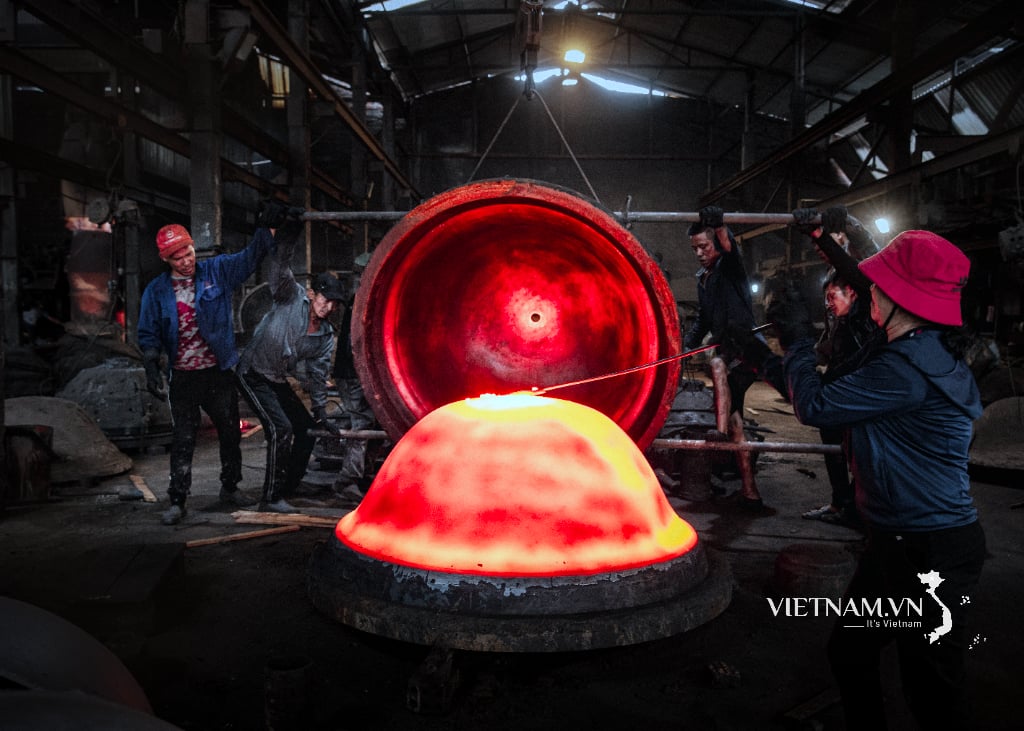


Comment (0)